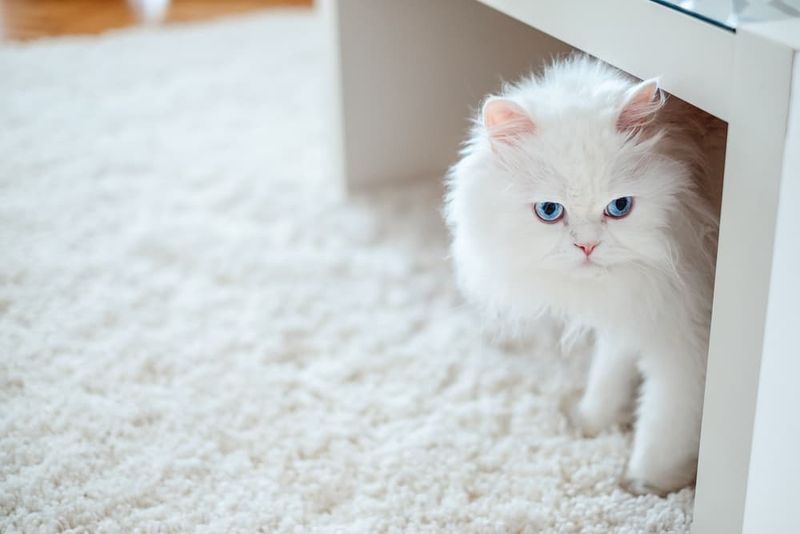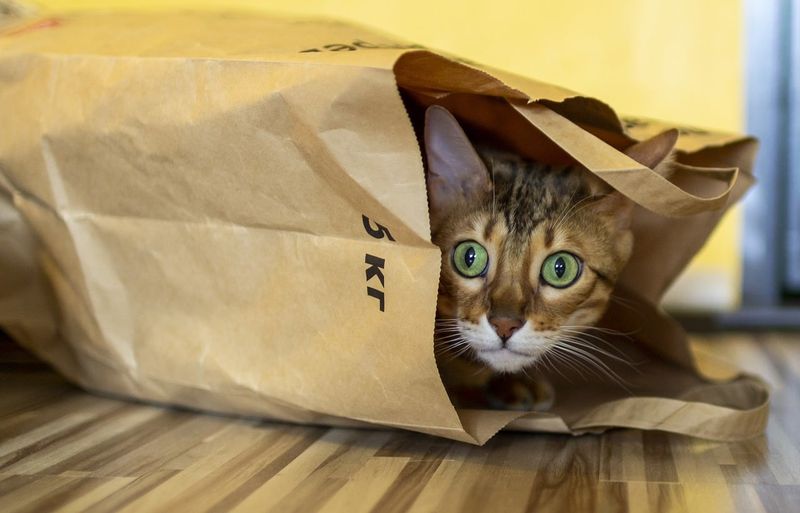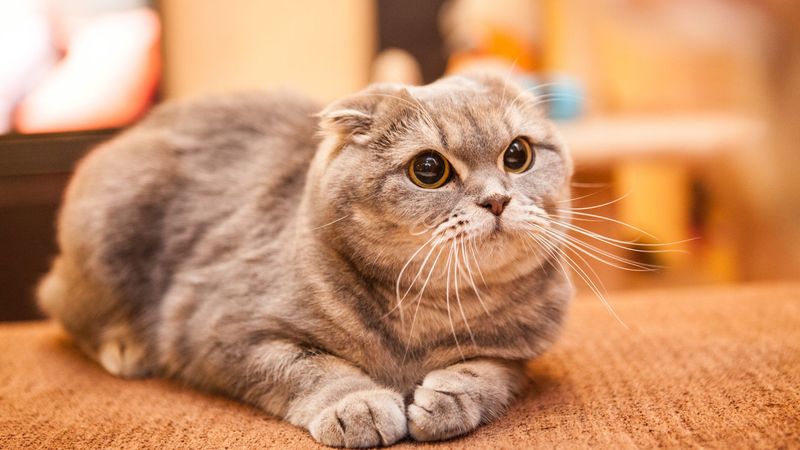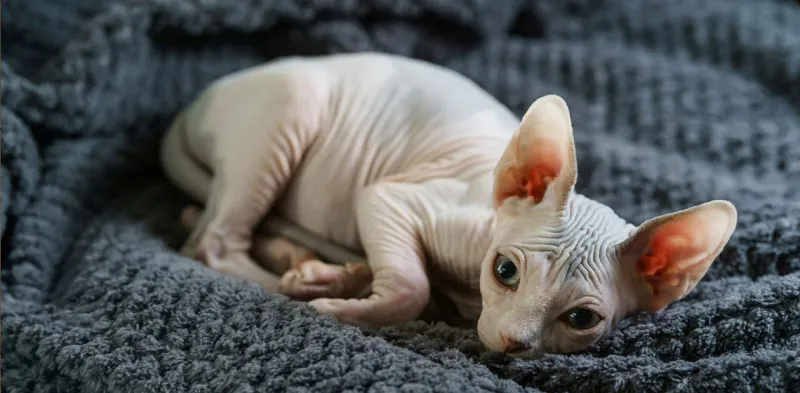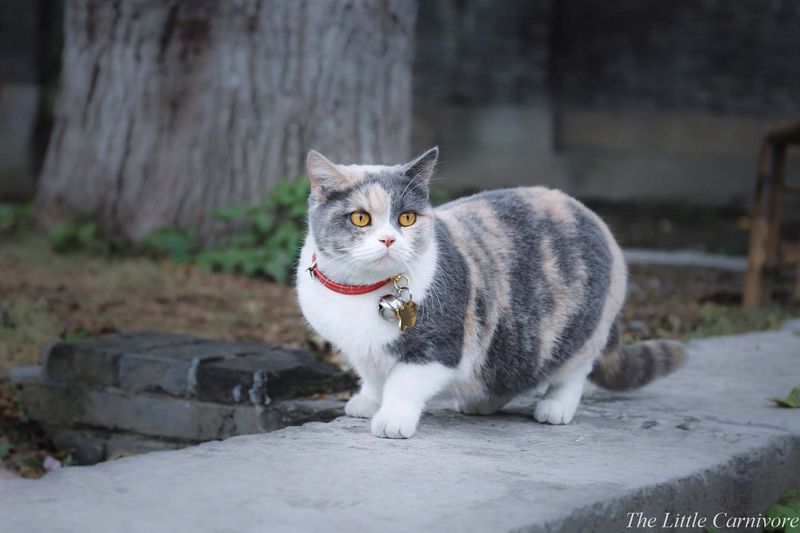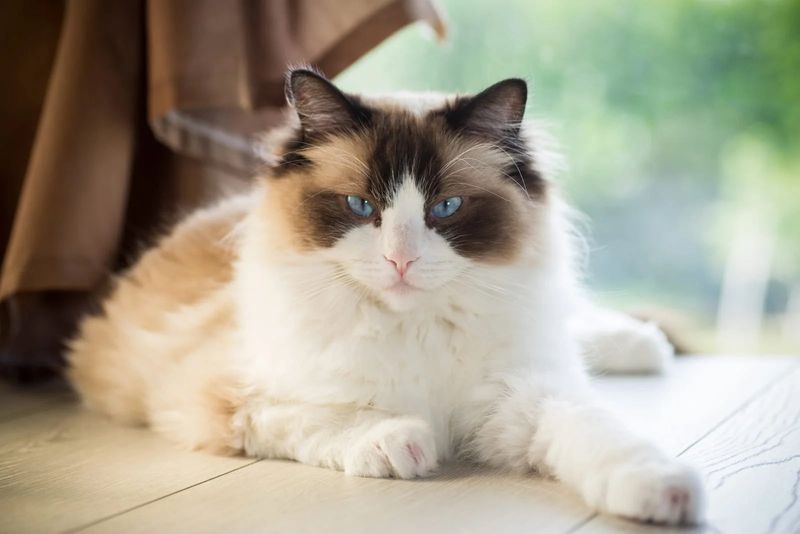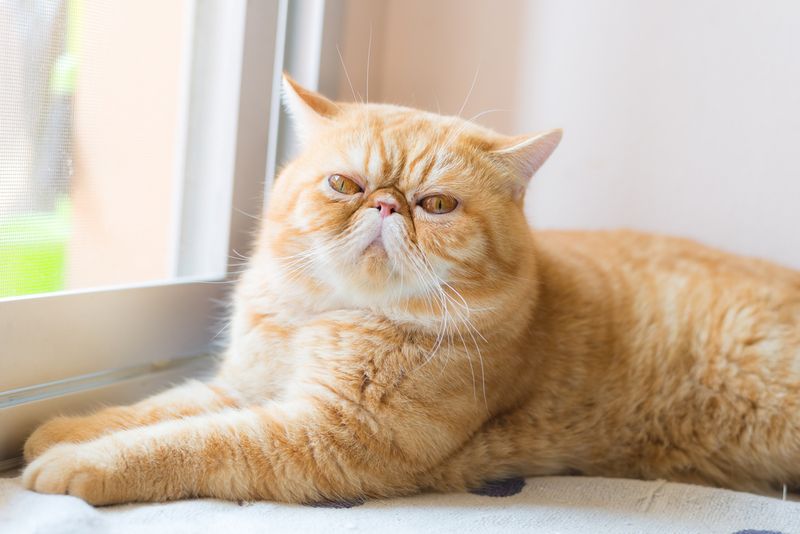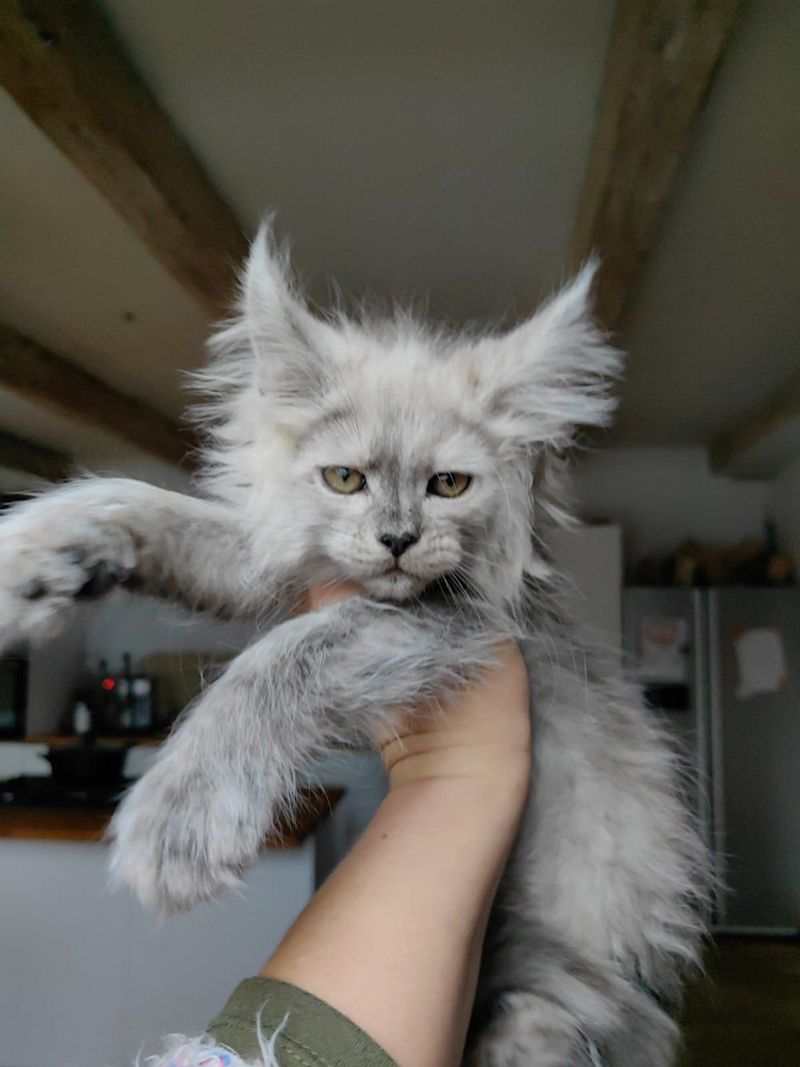📖 Table of Content:
- 1. Persian Cats: High Maintenance Fluffballs
- 2. Bengal Cats: Wild Energy in a Small Package
- 3. Scottish Folds: Cute Ears, Painful Condition
- 4. Sphynx Cats: Hairless Isn’t Hassle-Free
- 5. Munchkin Cats: Short Legs, Long-Term Problems
- 6. Ragdoll Cats: Too Trusting for Their Own Good
- 7. Exotic Shorthairs: Breathing Struggles Behind Cute Faces
- 8. Maine Coons: Giant Cats, Giant Commitments
When it comes to choosing the perfect feline companion, it’s easy to be swayed by viral videos, influencer recommendations, or eye-catching photos online. Certain cat breeds have skyrocketed in popularity due to their unique appearance, exotic lineage, or quirky behaviors. But just because a breed is trendy doesn’t necessarily mean it’s the right fit for every household—or even a good idea in the long run.
Behind the glossy images and charming stereotypes often lie hidden challenges. Some of the most talked-about cat breeds require intense grooming, come with genetic health issues, or demand a level of attention and energy that can be overwhelming for the average pet owner. Others, while stunning to look at, may struggle to adapt to typical home environments or coexist peacefully with children or other pets.
In this article, we take a closer look at eight cat breeds that tend to get more praise than they deserve. From high-maintenance grooming routines to concerning health risks, we’ll unpack the reasons why these breeds might not live up to the hype. If you’re considering adding a new furry friend to your family, this guide may help you make a more informed—and realistic—choice.
1. Persian Cats: High Maintenance Fluffballs
Persian cats might look like majestic clouds with their long, silky coats, but that gorgeous fur comes with a serious time commitment. Daily grooming sessions are non-negotiable to prevent painful mats and hairballs. Without consistent brushing, these cats can quickly develop skin problems. Their flat faces, while adorable, often lead to breathing difficulties, eye problems, and dental issues. Many Persians suffer from excessive tearing that stains their facial fur, requiring regular cleaning. Temperature sensitivity is another concern – these cats overheat easily in warm weather. For busy households or first-time pet owners, the Persian’s extensive care needs might be overwhelming compared to more self-sufficient breeds.
2. Bengal Cats: Wild Energy in a Small Package
Resembling miniature leopards, Bengal cats certainly make for impressive Instagram photos. What those pictures don’t show is their relentless energy level that can border on destructive when bored. Furniture climbing, curtain scaling, and cabinet opening are daily activities for these clever felines. Bengals require extensive environmental enrichment – think multiple tall cat trees, puzzle toys, and interactive play sessions several times daily. Their loud, demanding vocalizations can surprise unprepared owners, especially when they want attention at 3 AM. Many Bengals develop behavioral problems in homes that can’t meet their activity needs. Their wild ancestry isn’t just for show – these cats genuinely need more stimulation and space than the average home provides.
3. Scottish Folds: Cute Ears, Painful Condition
Scottish Folds win hearts with their unique folded ears and owl-like appearance. Sadly, the genetic mutation responsible for those adorable ears also causes cartilage problems throughout their bodies. Every Scottish Fold with folded ears has some degree of osteochondrodysplasia – a painful condition affecting joints and bones. As they age, many develop significant arthritis and mobility issues. Even young Folds can experience pain when jumping or playing. The breeding of folded-ear cats is actually banned in some countries due to welfare concerns. Responsible breeders now outcross with straight-eared cats, but this ethical dilemma remains: should we continue breeding cats with an appearance that guarantees lifelong discomfort? Their sweet personalities can be found in breeds without built-in health problems.
4. Sphynx Cats: Hairless Isn’t Hassle-Free
Contrary to popular belief, Sphynx cats aren’t maintenance-free just because they lack fur. Their hairless bodies produce oils that would normally be absorbed by fur, resulting in a greasy residue that accumulates on their skin. Weekly bathing is essential, making them poorly suited for owners who wanted to avoid grooming tasks. Sphynx cats get cold easily and need sweaters in winter or climate-controlled environments year-round. Their exposed skin burns quickly in sunlight, requiring sunscreen application before any window lounging. These cats also have voracious appetites due to their high metabolism – they’re constantly burning calories to stay warm. Between special diets, clothing, bathing products, and higher heating bills, Sphynx cats often cost significantly more to maintain than their furry counterparts.
5. Munchkin Cats: Short Legs, Long-Term Problems
Munchkin cats might look adorably quirky with their short legs, but this genetic mutation significantly impacts their quality of life. The same gene that creates their distinctive appearance prevents these cats from moving normally – they can’t jump to high surfaces or scratch properly, limiting natural feline behaviors. Spinal problems are common as these cats age, with many developing painful conditions like lordosis (excessive spine curvature). Their shortened limbs place extra strain on their joints and back, often leading to early-onset arthritis. The breeding controversy surrounding Munchkins can’t be ignored. Major cat associations refuse to recognize the breed due to welfare concerns, as their physical limitations are directly tied to their appearance. Their playful personalities can be found in many breeds without deliberately selected mobility restrictions.
6. Ragdoll Cats: Too Trusting for Their Own Good
Ragdolls earned their name from their tendency to go limp when held, a trait that makes them incredibly docile but potentially vulnerable. Their extreme docility means they lack the self-preservation instincts that keep other cats safe. Ragdolls may not run from threats or defend themselves appropriately. This breed’s trusting nature makes them completely unsuitable as outdoor cats – they’re easy targets for predators, traffic, and even human theft due to their valuable appearance. Their lack of street smarts extends indoors too, where they might not avoid household dangers that other cats instinctively avoid. Ragdolls also tend to develop strong attachment issues, making them poor choices for homes where they’ll be left alone frequently. While their affectionate nature is appealing, their neediness can become overwhelming for owners unprepared for a cat that acts more like a shadow.
7. Exotic Shorthairs: Breathing Struggles Behind Cute Faces
These cats frequently suffer from brachycephalic airway syndrome, which causes labored breathing, snoring, and heat intolerance. Simple activities like playing or eating can become challenging. Their shortened nasal passages make them prone to respiratory infections, and many require expensive surgery to correct breathing issues. The tear ducts often don’t function properly, resulting in constant eye discharge that requires daily cleaning to prevent infections. Dental problems are another concern, as their compressed face structure leads to overcrowded or misaligned teeth. While their teddy-bear appearance has skyrocketed in popularity, veterinarians increasingly express concerns about breeding practices that prioritize extreme facial features over basic health and comfort.
8. Maine Coons: Giant Cats, Giant Commitments
Adult males can reach 25 pounds or more, requiring larger litter boxes, sturdier furniture, and significantly more food than average cats – translating to substantially higher ownership costs. Their beautiful coats demand regular maintenance to prevent matting, especially during seasonal shedding periods. Health-wise, Maine Coons have concerning genetic predispositions to hypertrophic cardiomyopathy (heart disease) and hip dysplasia, often requiring expensive veterinary interventions. Space requirements can’t be overlooked – these cats need room to stretch out comfortably and exercise their athletic abilities. In smaller homes or apartments, their size can become problematic. While undeniably magnificent, Maine Coons represent a 15+ year commitment that extends well beyond the cute kitten stage.

